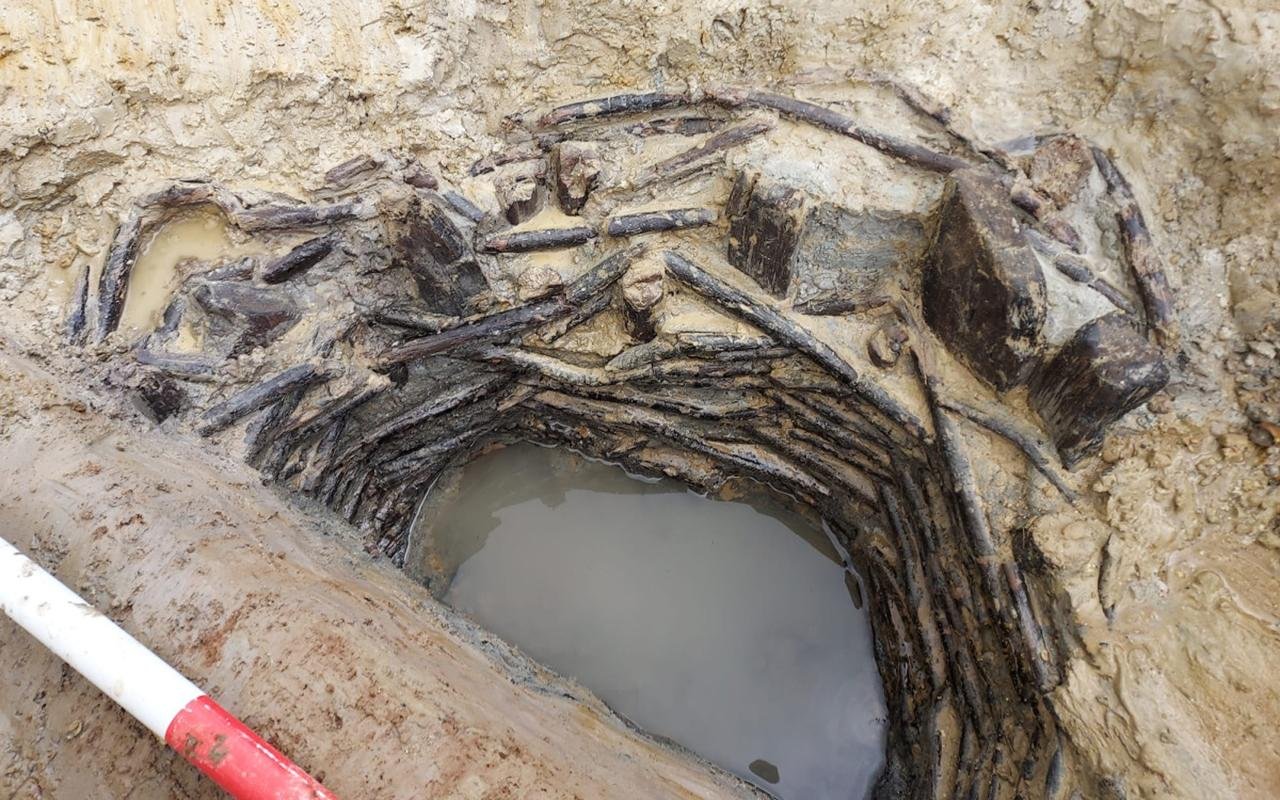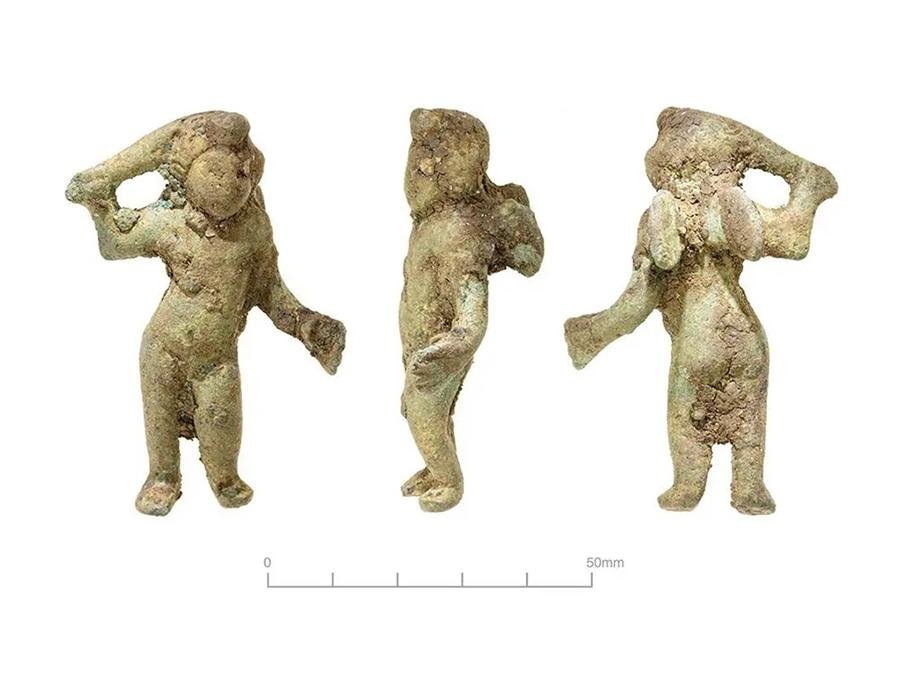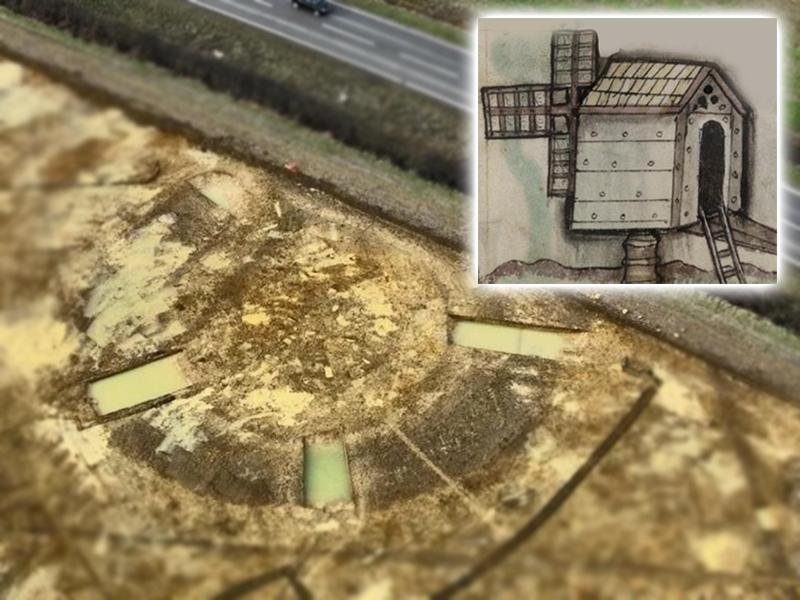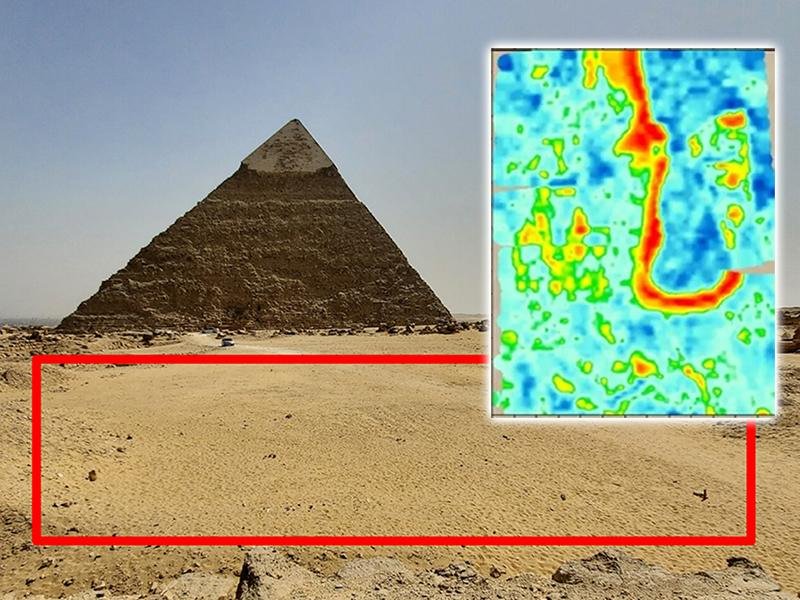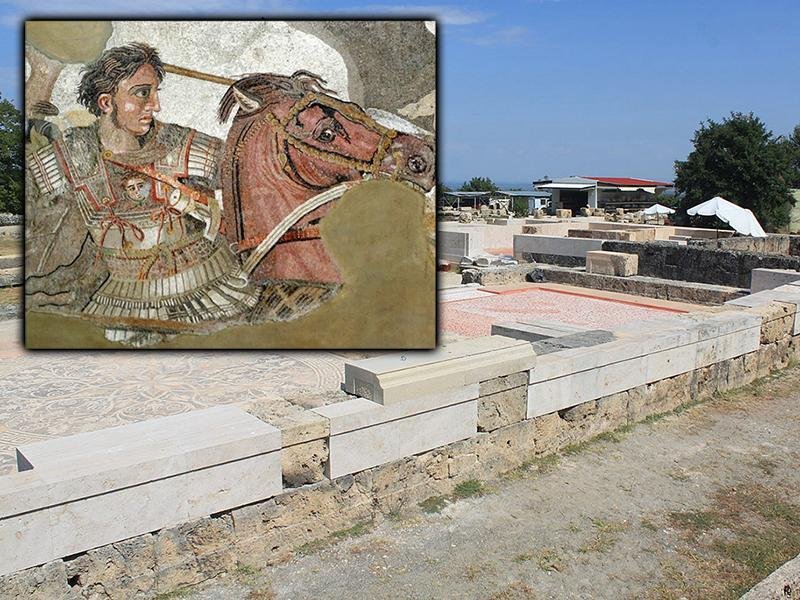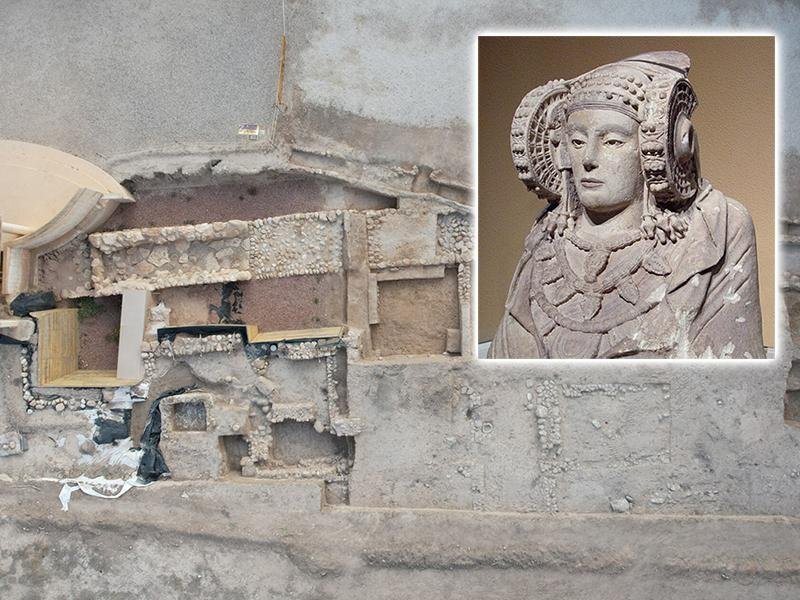Archaeologists in western Turkey have unearthed an 8,000-year-old clay figurine depicting a female figure at the Neolithic site of Ulucak Mound in Izmir.
This latest find, unearthed during ongoing excavations led by Prof. Dr. Özlem Çevik from Trakya University, marks the sixth fully intact female figurine discovered at the site, which is one of the earliest farming villages in the region.
Ulucak Mound, located in the Kemalpaşa district, holds great importance for understanding the Neolithic period in western Anatolia. The site has been continuously inhabited for 1,150 years, with the earliest settlement dating back approximately 8,850 years. Over 45 generations, this ancient village served as a vibrant community.
The recently discovered figurine is notable not only for its age but also for its unique design. Standing just under four inches tall, it is small enough to fit comfortably in the palm of a hand. The figurine was found buried in a pit near a hearth inside an ancient dwelling, alongside grinding stones and flints. Unlike previous figurines discovered at Ulucak, which feature only eyes and noses, this one also has a mouth.
“Typically, in figurines, the eyes and nose are emphasized. In this figurine, we observe both a mouth indicated by a hole and a depression on the neck, which might have been intended to hold a piece of jewelry,” explained Prof. Dr. Çevik. She speculated that the figure could symbolize a revered individual in the community, such as someone responsible for pᴀssing down stories and traditions.
The context in which these figurines are found also provides clues about their role in Neolithic society. Often buried within homes, near ovens, or under doorsteps, these objects were likely not just decorative but served as ritual items. They may have been used in fertility rituals, household protection, or other spiritual practices aimed at ensuring the community’s prosperity and well-being. The presence of the hole in the figurine’s neck suggests it could have been worn as a talisman, potentially invoking specific intentions or guarding the household.
The excavation at Ulucak Mound has been ongoing since 2009 and has yielded a wealth of artifacts. These include items related to textile production, such as spindle whorls and loom weights, indicating that Ulucak might have been one of the oldest textile production centers in the Aegean region.
As Prof. Dr. Çevik remarked, Ulucak Mound is crucial for studying the Neolithic period of the eastern Aegean and western Anatolia, offering a continuous stratigraphic sequence that spans millennia.
Sources: Sonsoz
